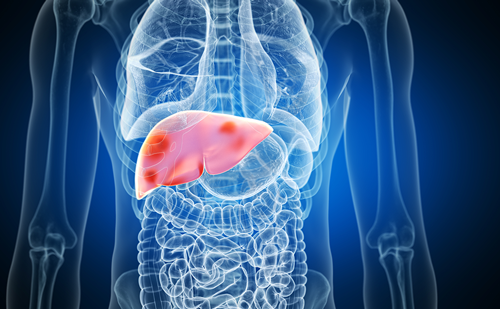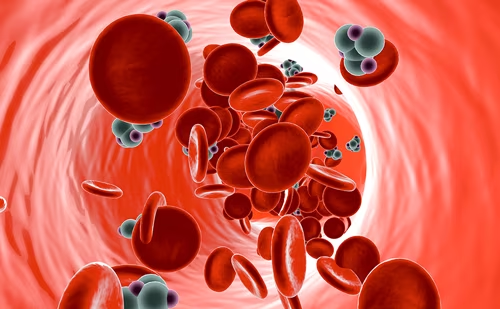Overview
In the early 1980s, studies in type 1 diabetes suggested that glomerular filtration rate (GFR) loss begins with the onset of macroalbuminuria. However, recent evidence indicates that up to one-quarter of subjects with diabetes reach a GFR of less than 60 ml/min/1.73 m2 (chronic kidney disease [CKD] stage 3) before developing micro- or macroalbuminuria. Furthermore, the prospective loss of GFR can be detected in early diabetic nephropathy (DN) well before CKD stage 3. Early GFR loss usually reflects DN in type 1 diabetes but, in older patients with type 2 diabetes, the assessment of early GFR loss needs to take into account the effects of aging. The assessment of GFR is now feasible at clinical level, using formulas based on serum creatinine, age, gender, and ethnicity. Overall, the estimation of early GFR loss is more accurate with the Chronic Kidney Disease Epidemiology (CKD–EPI) formula than with the Modification of Diet in Renal Disease (MDRD) study formula, but there is some evidence that the CKD-EPI formula does not exhibit better performance than the MDRD formula for estimating GFR in diabetes. Both formulas underestimate GFR in the hyperfiltration range. Formulas based on the reciprocal of cystatin C can also be used to estimate GFR, but their cost and lack of assay standardization have delayed their use at clinical level. In summary, early GFR loss is an important marker of DN as well as a potentially reversible target for interventions in DN.
Keywords
Early glomerular filtration rate loss, hyperfiltration, normoalbuminuric renal insufficiency, Modification of Diet in Renal Disease (MDRD)
Since the early 1980s, the clinical diagnosis of diabetic nephropathy (DN) has been based on the progression of albuminuria. Albumin excretion rate (AER) was categorised as normo-, micro- or macroalbuminuria based on retrospective studies of AER in type 1 diabetes prior to the introduction of angiotensin converting enzyme (ACE) inhibitors or angiotensin receptor blockers (ARBs). Microalbuminuria (or dipstick-negative albuminuria) predicted macroalbuminuria (or dipstick-positive albuminuria—i.e., overt nephropathy) in 60–80 % of patients with type 1 diabetes over intervals of 6–14 years. However, recent studies have shown that the predictive value of microalbuminuria is of the order of 30–50 % and spontaneous remission of microalbuminuria occurs in over 50 % of patients.1,2
A decline in glomerular filtration rate (GFR) was initially considered to occur only in patients with macroalbuminuria.3 Subsequent experience has shown that GFR may start to decline in subjects with type 1 diabetes at the stage of microalbuminuria.4 Furthermore, progressive decline in GFR has also been described in normoalbuminuric subjects with type 1 or type 2 diabetes.5 Using serial measurements of creatinine clearance, it was shown that approximately one-third of subjects with either type 1 or type 2 diabetes developed a decline in renal function without a corresponding increase in AER. Subsequent studies in type 2 diabetes using isotopic GFR showed that approximately one-quarter of subjects developed non-albuminuric renal insufficiency (GFR <60 ml/min/1.73 m2), after exclusion of patients treated with renin–angiotensin system (RAS) inhibitors.6 Although these studies have shown that early GFR loss is not confined to macroalbuminuric subjects, the rate of progression of GFR loss is usually more rapid in subjects with macroalbuminuria.
To view the full article in PDF or eBook formats, please click on the icons above.
Disclosure
The authors have no conflicts of interest to declare.
Correspondence
George Jerums, MBBS, MD, FRACP, Endocrine Centre, Austin Health and University of Melbourne, Heidelberg Repatriation Hospital, PO Box 5444, Heidelberg West, Victoria, 3081, Australia. E: ah-endo@unimelb.edu.au
Received
2011-12-21T00:00:00







